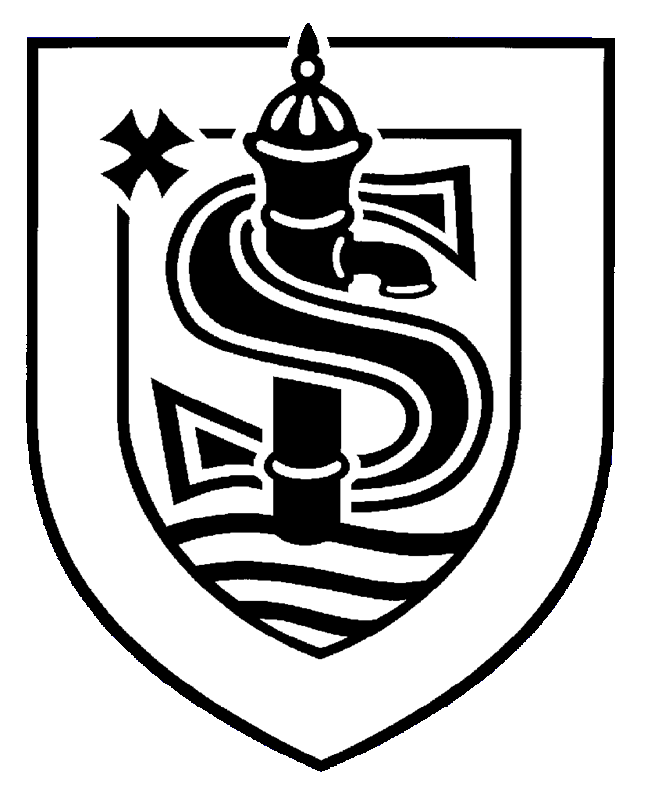Design & Technology
Intent
Broad
- To cover the National Curriculum programmes of study and outcomes.
- To develop the creative, technical and practical expertise needed to perform everyday tasks confidently and to participate successfully in an increasingly technological world
- To build and apply a repertoire of knowledge, understanding and skills in order to design and make products for a wide range of users
- Critique, evaluate and test their ideas and products and the work of others
- To gain understanding and be able to apply the following:
- the principles of nutrition and learn how to cook
- User – children should have a clear idea of who they are designing and making products for, considering their needs, wants, interests or preferences. The user could be themselves, an imaginary character, another person, client, consumer or a specific target audience.
- Purpose – children should know what the products they design and make are for. Each product should perform a clearly defined task that can be evaluated in use.
- Functionality – children should design and make products that function in some way to be successful. Products often combine aesthetic qualities with functional characteristics. In D&T, it is insufficient for children to design and make products which are purely aesthetic.
- Design Decisions – when designing and making, children need opportunities to make informed decisions such as selecting materials, components and techniques and deciding what form the products will take, how they will work, what task they will perform and who they are for.
- Innovation – when designing and making, children need some scope to be original with their thinking. Projects that encourage innovation lead to a range of design ideas and products being developed, characterised by engaging, open-ended starting points for children's learning.
- Authenticity – children should design and make products that are believable, real and meaningful to themselves i.e. not replicas or reproductions or models which do not provide opportunities for children to make design decisions with clear users and purposes in mind.
- The D&T projects have been planned to include links with other subjects in the curriculum to reinforce skills, knowledge and understanding and enhance learning.
Balanced
- There are three D&T projects per year. Two of the three units will involve designing and making a product and one of the units will involve food.
- D&T may be taught weekly in the half term that it is planned for or may be taught in blocks (whole D&T day).
- D&T will involve the teaching of specific skills but will also incorporate skills and knowledge learnt in other subjects.
Progressive
- Strands built upon from KS1 to KS2.
- Projects on a Page scheme ensure progression through the key phases.
- Skills built upon in phases (KS1, LKS2, UKS2) with prior learning needed highlighted on the planning slides and in progression maps. Objectives are broken down into designing, making and evaluating categories.
Cumulative
- Knowledge is revisited and skills developed by repetition and reinforcement in use with other curriculum areas and as pupils progress through the school.
- Key and subject specific vocabulary is highlighted to teachers on the planning slides to be used within each unit.
- Different D&T strands are revisited in each phase (food, structures, textiles, mechanisms, and in KS2 only – electrical systems).
Inclusive
- The D&T curriculum is designed to allow freedom to innovate for all children.
- Focused skills can be pre-taught before getting to the making stage to enable all children to be successful when making products.
- Children identified as needing support with specific skills are given adult support and/or prompts within lessons.
- Lessons are often differentiated by outcome and due to the iterative design process, the end products are likely to be different.
- There may also be opportunities for enrichment e.g. parents invited to join lessons. This has worked well in the past.
Implementation
- We follow the Projects on a Page scheme of work.
- A two year rolling programme is used which means that all projects and objectives are covered within each phase. The projects are designed to link with our topics.
- There will be one D&T project per term and this will usually take place in alternating half terms to Art.
- D&T can be taught once weekly or condensed to D&T days/ whole mornings/afternoons and will be the class teacher’s decision. Advice from D&T Association was that whole days may be more effective for the making stage for practical reasons e.g. resources are out and available all day.
Impact
- Teachers use formative assessment during teaching and learning and provide support as needed so that all children make expected progress.
- The level each child is working at (whether in line with the majority of I can statements for their year group, below or above) will be recorded and input into the school’s tracking system twice a year (February half term in preparation for written parent reports and at the end of the academic year to provide the receiving teacher with up-to- date information).
- Children who are behind the expectation will be provided support and opportunities to catch up through focus during the lesson.
- The subject will be monitored by the subject leader.
- Focused skills can be pre-taught before getting to the making stage to enable all children to be successful when making products.
- Assessment notes may be made by the teachers about the children’s plans, products and evaluations to aid summative assessment.
